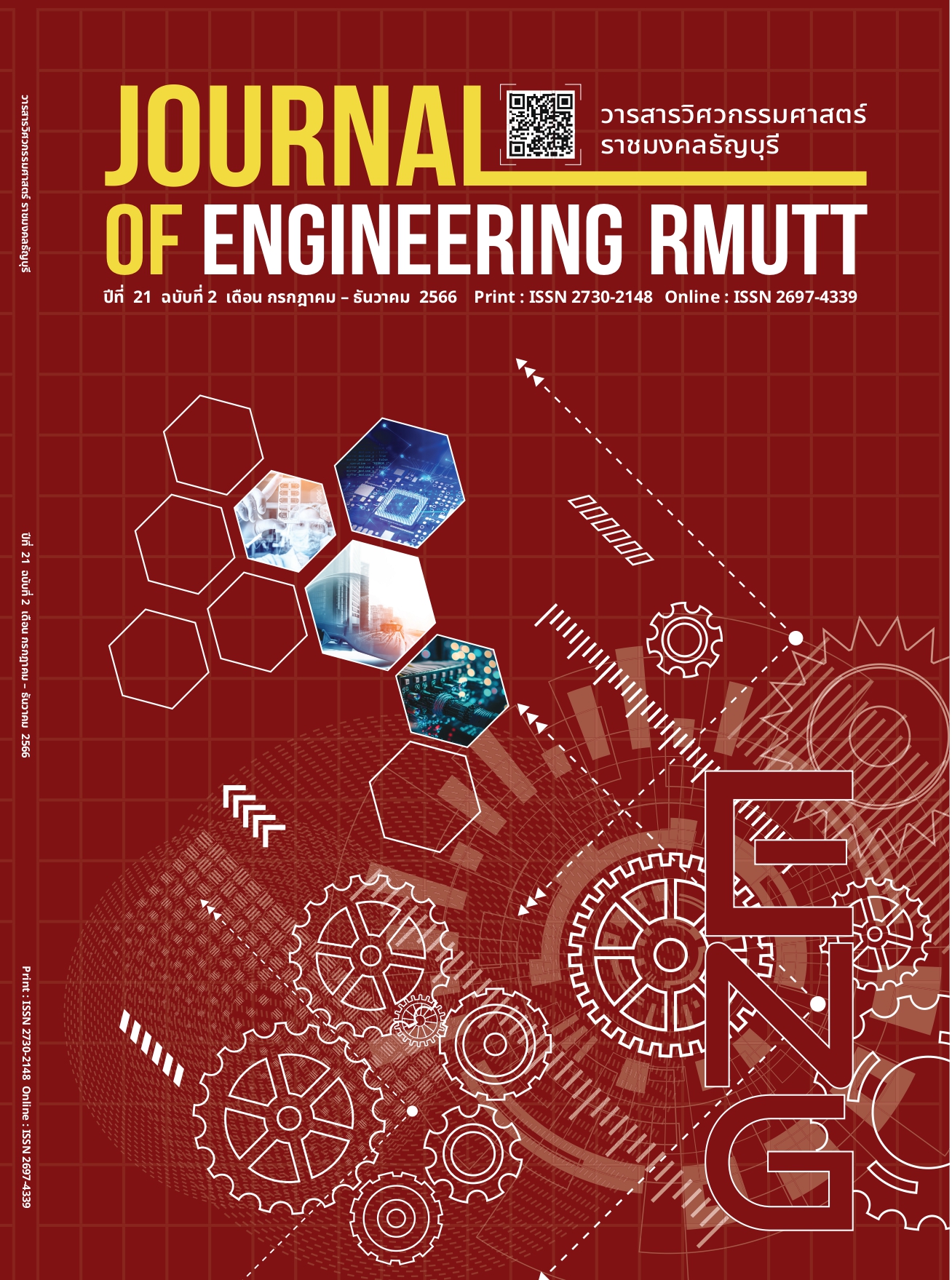Automated Plant Watering System using Microcontroller with Notification
Main Article Content
Abstract
The advancement of Internet technology has resulted in an increased role of Internet of Things (IoT) technology in our daily lives, including its application in agriculture. It enables users to monitor operations in real-time. This paper presents an automatic plant watering system through sprinklers on an area of 119 square meters in which trees and shrubs are already planted with an area of 92 and 27 square meters, respectively. The water supply is stored in a 5-meter high reservoir, utilizing potential energy to determine the fluid pressure. The results were calculated to determine the number of sprinklers that can be used effectively without the need for water pumps in order to reduce costs. The system has 2 operating modes: MANUAL and AUTO, processed by NodeMCU microcontroller. It can operate according to predefined time and conditions. The sprinklers are controlled by solenoid valve, using soil moisture and water level in the reservoir as primary factors. The system can control and display real-time data through the Blynk mobile application and notify users of its operation via the LINE messaging application. The system requires the soil moisture to be less than 70% and the water level in the reservoir to be above 30% in order to function. In both modes, the experimental results demonstrate that the system can effectively supply water to plants and accurately notify the users.
Article Details

This work is licensed under a Creative Commons Attribution-NonCommercial-NoDerivatives 4.0 International License.
The manuscript, information, content, picture and so forth which were published on Frontiers in engineering innovation research has been a copyright of this journal only. There is not allow anyone or any organize to duplicate all content or some document for unethical publication.
References
Theodore W.T. Humidity and plants. BioScience. Jun. 1979;29(6):358–63.
Chia S.Y., Lim M.W, A critical review on the influence of humidity for plant growth forecasting. IOP Conf. Series: Materials Science and Engineering. 2022:1-6.
NarsimhaRao B.V, Mahalakshmi S, TEJA D, Santhosh P. Elevated water tank. International Journal of Innovative Technology and Exploring Engineering. Oct. 2019;8(12S2):271–6.
Divani A, Patil P, Punjabi S.K. Automated plant watering system. Int. Conf. on Computation of Power, Energy Information and Communication 2016:180-2.
Nu Y.Y, Lwin S.S, Maw W.W. Automatic plant watering system using arduino UNO for university park. International Journal of Trend in Scientific Research and Development. May. 2019;3(4):902–6.
Prasojo I, Maseleno A, Tanane O, Shahu N, Design of automatic watering system based on arduino. Journal of Robotics and Control. Mar. 2020;1(2):55-8.
C. Z. Z., N. N. N., Wireless Sensor Network and Internet of Things (IoT) Solution in Agriculture. Pertanika J. Sci. & Technol, 2017; 25(1):91–100.
Waworundeng J.M.S, Suseno N.C, Manaha R.R.Y. Automatic watering system for plants with IoT monitoring and notification. Cogito Smart Journal. Dec. 2018;4(2):316-26.
Al-Humairi S.N.S, Manimaran P, Abdullah A.I, A smart automated greenhouse: soil moisture, temperature monitoring and automatic water supply system (Peaty, Loam and Silty). IEEE Conf. on Sustainable Utilization and Develop-ment in Engineering and Techno-logies, 2019: 111-115.
Siskandar R, Fadhil M.A, Kusumah B.R, Irmansyah I, Irzaman I. Internet of things: automatic plant watering system using android. Jurnal Teknik Pertanian Lampung. Nov, 2020; 9(4):297-310.
Richard G. A, Luis S.P, Dirk R, Martin S. Crop evapotranspiration – guidelines for computing crop water requirements paper 56. Food and Agriculture Organization of the United Nations. Rome, Italy. 1998.
Direk T, Wittaya T, Nawee J, Itthisuntorn N. Plant irrigation design and technology. Kehakaset Magazine; 2002:4708.


